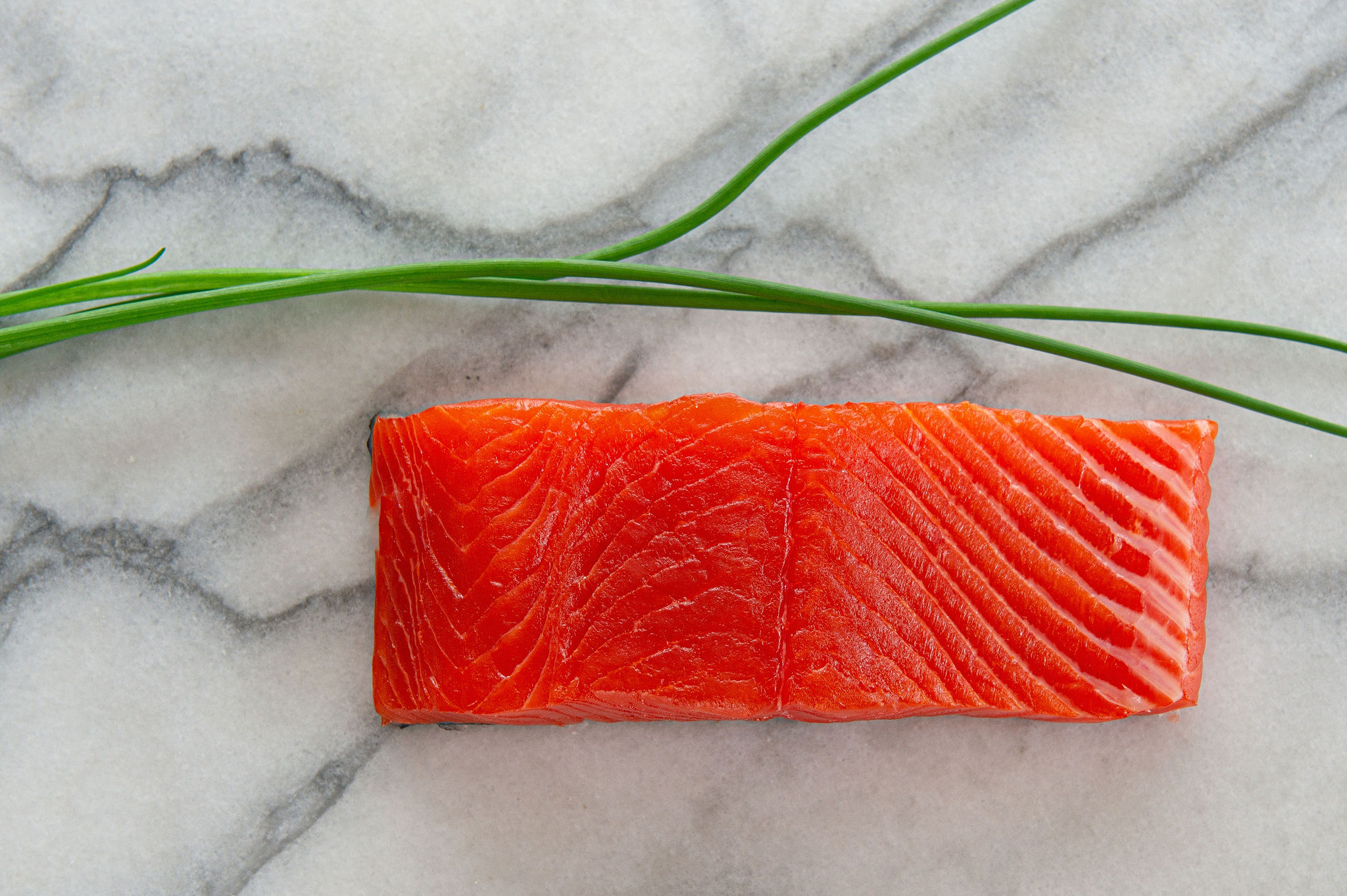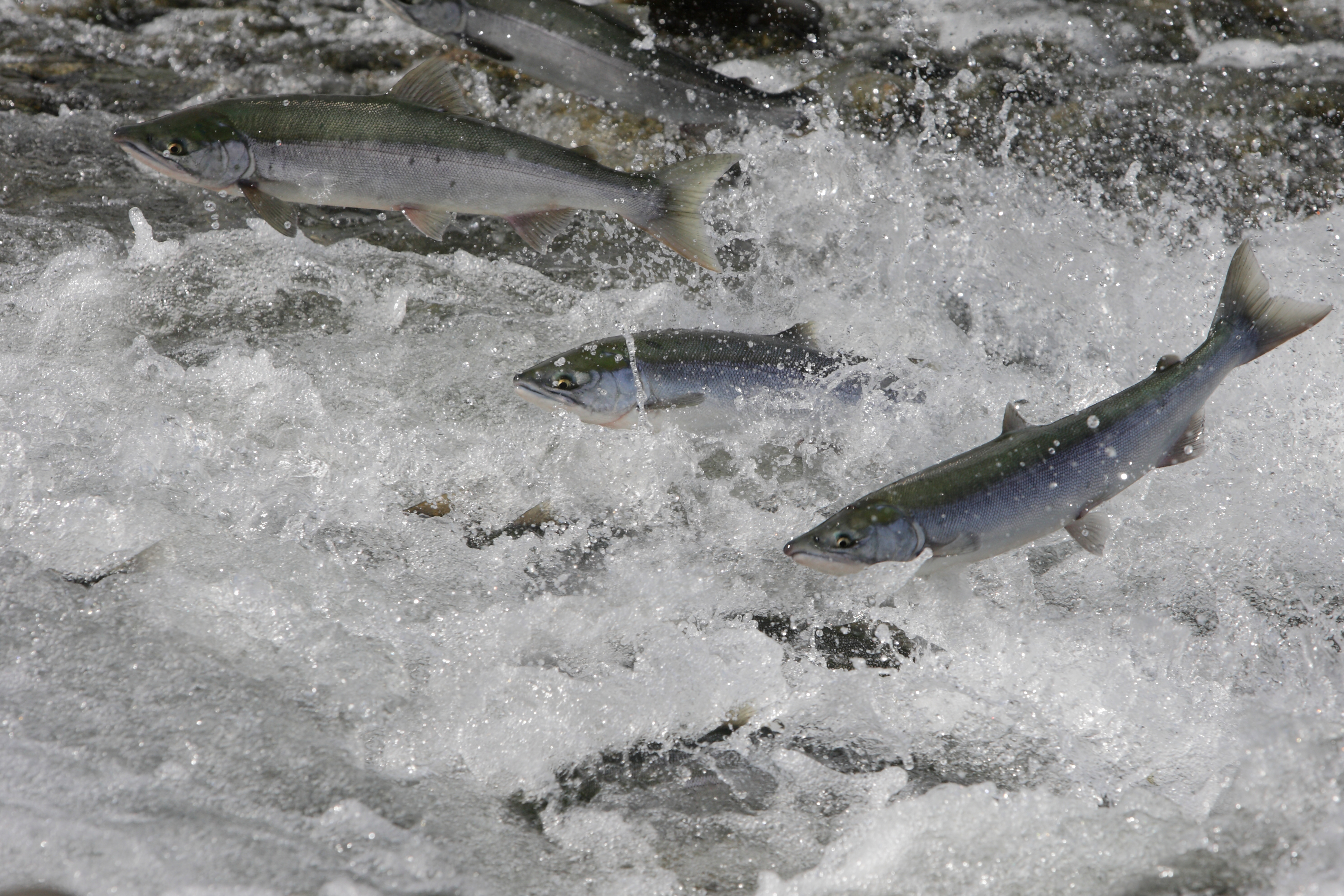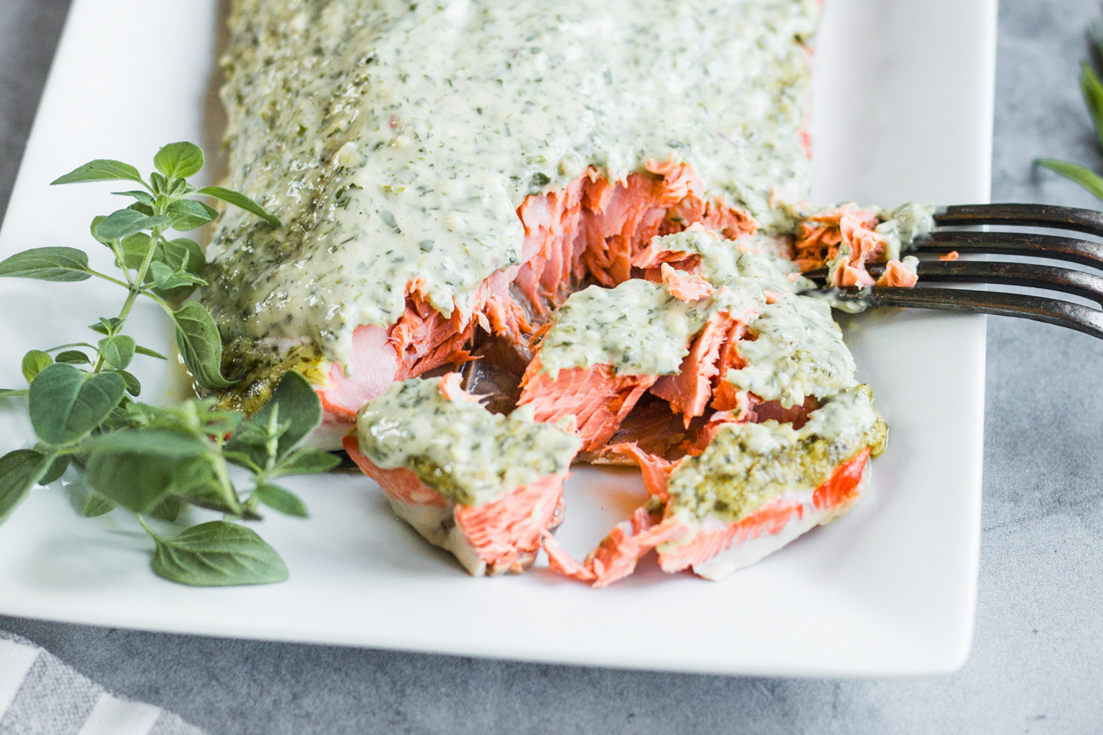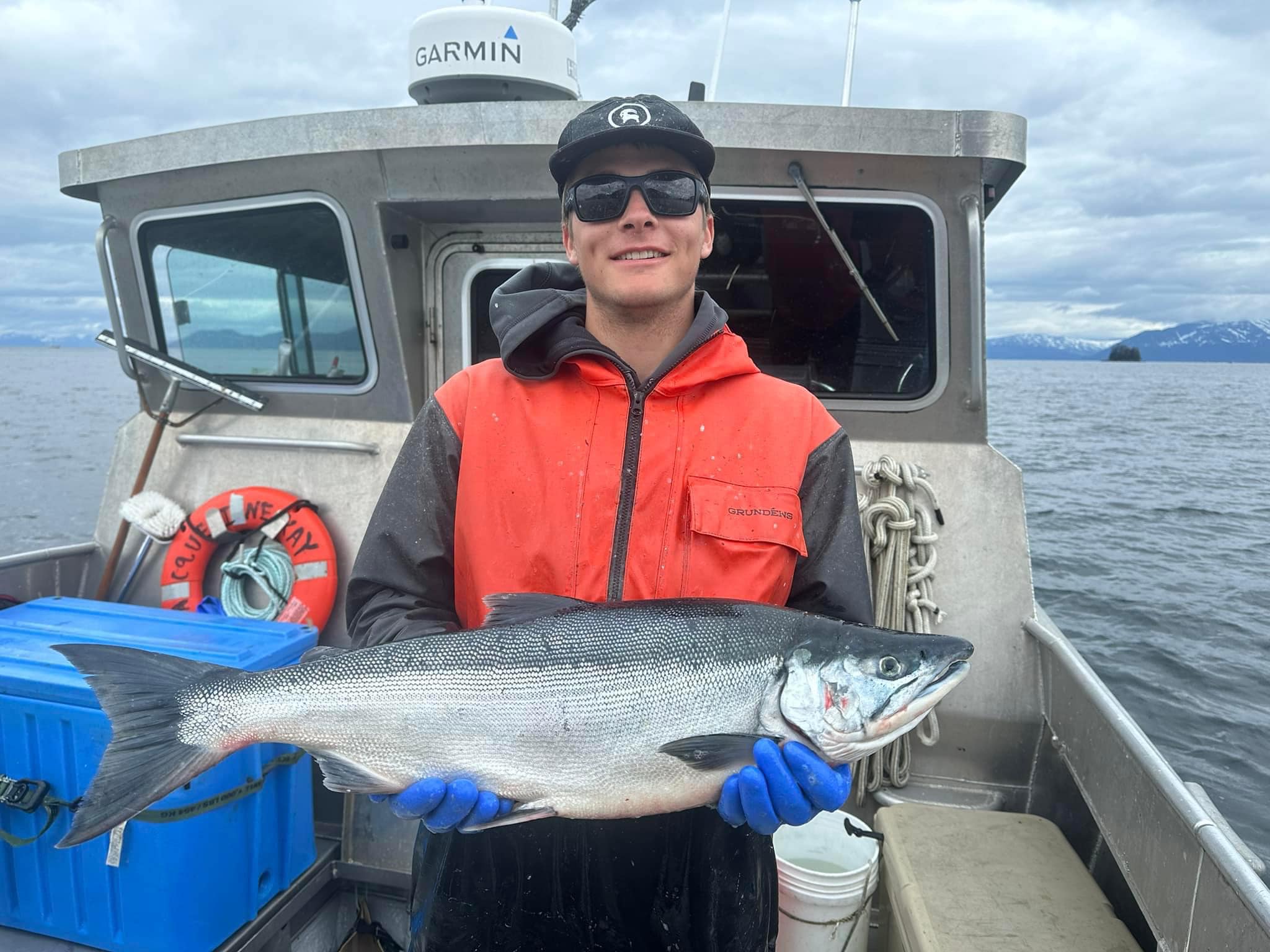By using our website, you agree to the use of cookies as described in our Cookie Policy
Who brings your salmon to you? An interview with Olin Rindal
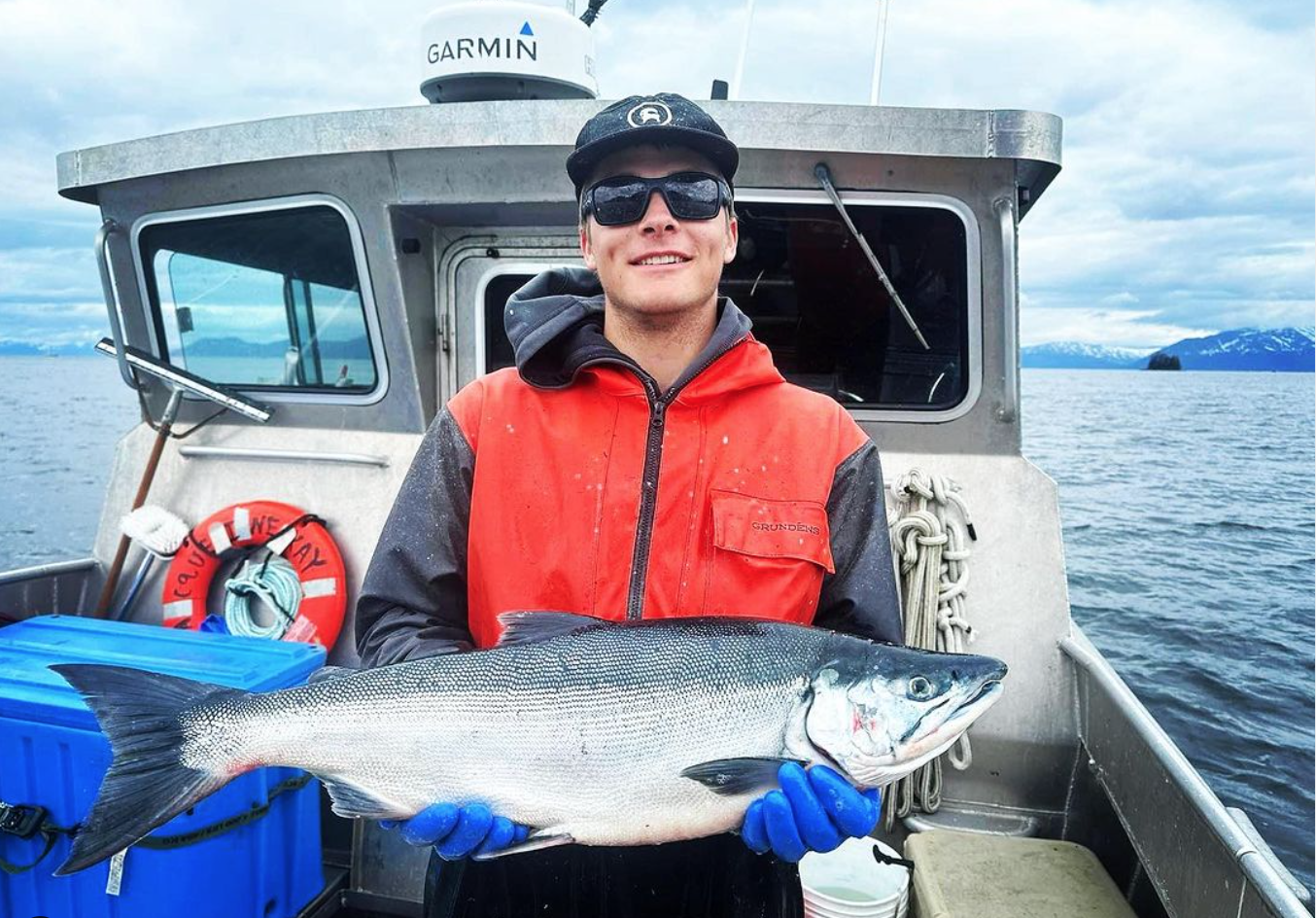 Rindal's deckhand holding a Sockeye Salmon caught in the Coghill District of the Prince William Sound
Rindal's deckhand holding a Sockeye Salmon caught in the Coghill District of the Prince William Sound
In the heart of the expansive Prince William Sound, there's a place where the thrill of the catch meets the beauty of nature: the Coghill District. Here, a seasoned fishermen like Olin Rindal finds his calling. With years of experience, Olin knows these waters like the back of his hand. Surrounded by towering peaks, he sets out each summer, casting his net in pursuit of a good fishing season.
JJ: To begin, can you share the story of catching that beautiful Sockeye Salmon in the Coghill District? What was that day like? Did anything in particular stand out to you?
Olin: The day was just another day of fishing in that area. We intercept the Coghill red run heading up to the Coghill River. This is my 13th year fishing on my own boat, and in that 13 years, I’ve never caught as many big and beautiful sockeye as we did in 2023. We pulled in so many big reds (some even bigger than the one pictured) before I decided to have my crew pose for a picture.
JJ: What emotions or experiences do you hope the viewers of the photo will connect with? Is there a particular message or story you aimed to convey through the image?
Olin: With all the negativity and bad things that happen in life, it’s important to take time and seek out beautiful and grand things to admire that surround you. To me that fish was an amazing creature.
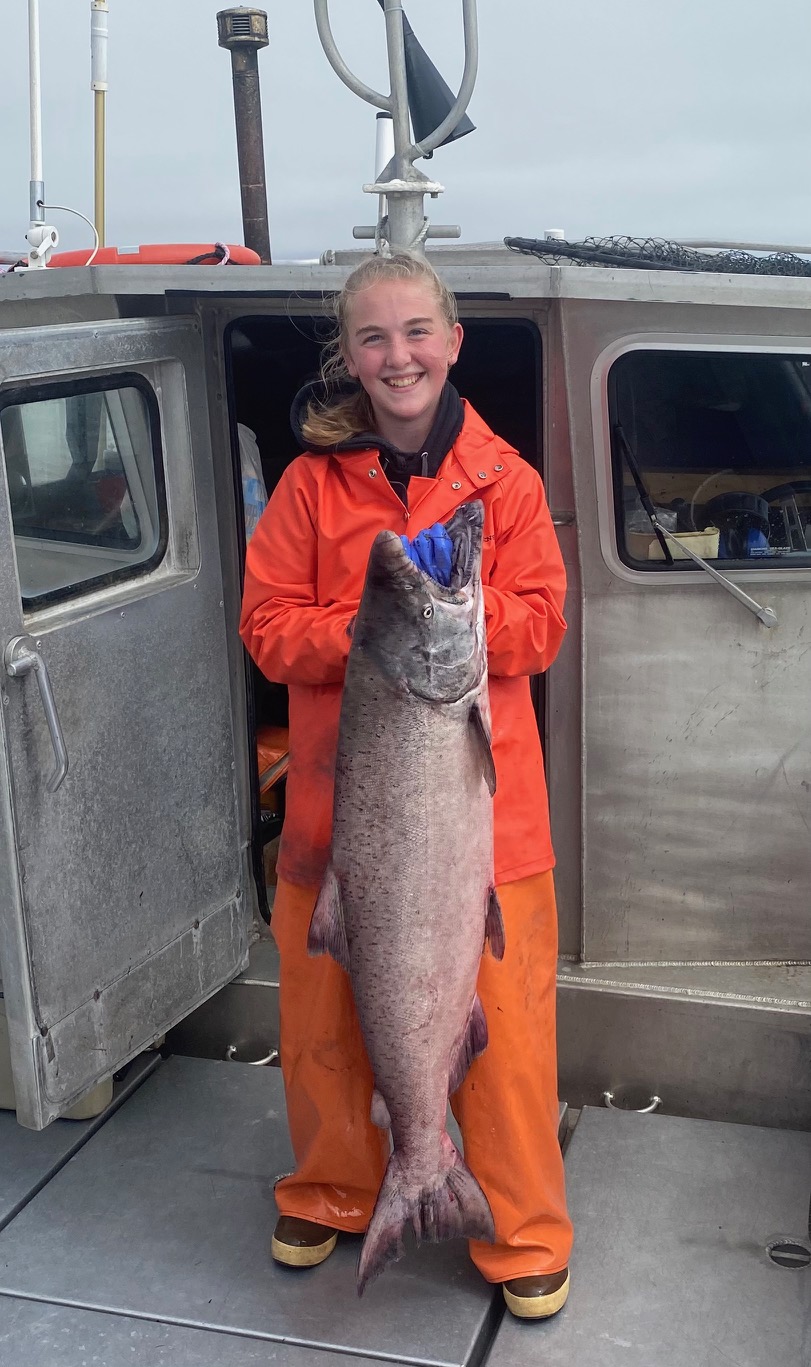 Rindal's deckhand/daughter holding a King Salmon
Rindal's deckhand/daughter holding a King Salmon
JJ: What makes fishing in the Coghill District unique or different from other areas in Prince William Sound? Are there specific characteristics or conditions that stand out?
Olin: The Coghill district is an amazing district because it holds all five species of salmon, amongst a plethora of other wildlife, such as whales, porpoises, sharks, sea lions, sea otters, bear, deer and many more. It’s an amazing place.
JJ: So, how long have you been a commercial fisherman?
Olin: 2023 was my 13th year of owning and running my own boat and my 14th year of fishing.
JJ: What do you need to become a fisherman?
Olin: I’m just a Montana ranch kid that left the ranch as the youngest of five kids. There wasn’t much room there for me. Being an IBEW lineman gave me the opportunity to pack up my family and head to Alaska and find my own fortune. After working for utilities as a lineman for a few years, I got to know some fishing families and they invited me out on their boats. That kind of sparked an interest for me. Although a totally different industries, fishing and the beef industry are somewhat similar. I already possessed a lot of the skills it took to become a fisherman. So I decided to buy a boat and lease my first permit. I haven’t looked back. For many years, I would fish in the summer and do line work in the winter. Now my wife’s business has taken off, so I fish in the summer, and am a stay at home dad in the winter. It has always been important for us to have one parent home to raise our 3 daughters.
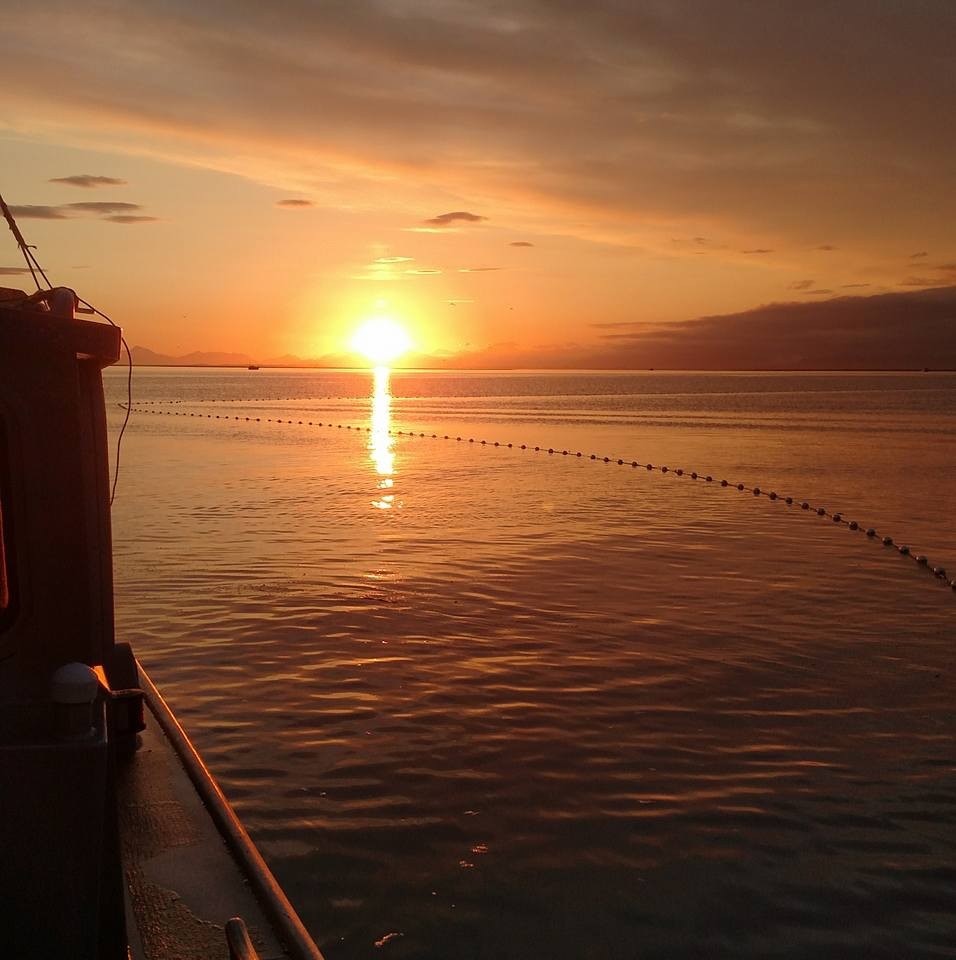 Commercial driftnet fishing in the Prince William Sound
Commercial driftnet fishing in the Prince William Sound
JJ: What is a typical day of drift net fishing like in the Sound?
Olin: You can go from the lowest of low emotions to being overwhelmingly excited in just a matter of minutes. You’re not catching fish all day long. You're waiting and/or searching for fish, bored out of your mind, and then like a light switch, it flips and you’re watching your net start to dance and it gets really exciting really fast.
JJ: What drew you to become a gillnetter in Prince William Sound? Is there a specific aspect of the profession that you find particularly rewarding or fulfilling?
Olin: Like I said, there’s similarities between ranching and fishing. One of the biggest reward is the production of food; wholesome nutritious food. It is a very satisfying feeling being apart of that aspect of life for people and of course have fun doing it.
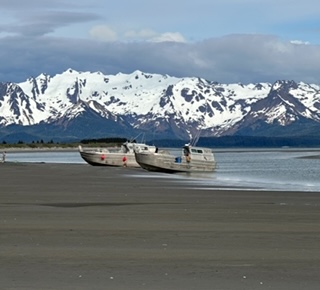
JJ: Can you share any significant changes or developments you've observed in the fishing industry over the years?
Olin: Everything from technology to environmental impacts on our fishery have significant changes. Probably one of the biggest changes I’m seeing are that people are getting more and more interested in where their food comes from and what is in their food. I'd say about 20-30 years ago, my family tried to market or advertise homegrown “natural” beef that was antibiotic and hormone free. There just wasn’t any real interest in paying the extra effort and money it took to produce food like that. Now it’s a niche idea that people seek out and are willing to pay a premium for, to ensure that their food was produced in more of a natural and traditional way like it always was in the past when people were more healthy.
As we come to the end of our conversation, I find myself in awe of the passion Olin brings to his work. I believe that his story epitomizes perseverance and following your heart. Whether he's reeling in a massive catch or simply soaking in the splendor of the ocean, Olin's journey resonates with the simple pleasures of life on the water. And amidst the ever-changing fishing landscape, Olin remains steadfast in his commitment to authenticity, ensuring that the richness of Alaska's waters endures for generations to come.

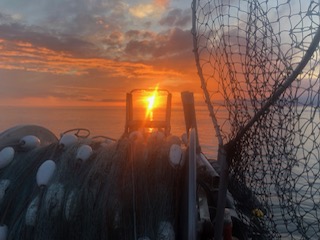
ABOUT THE AUTHOR
Olin Rindal lives in Palmer, AK with his wife and three daughters
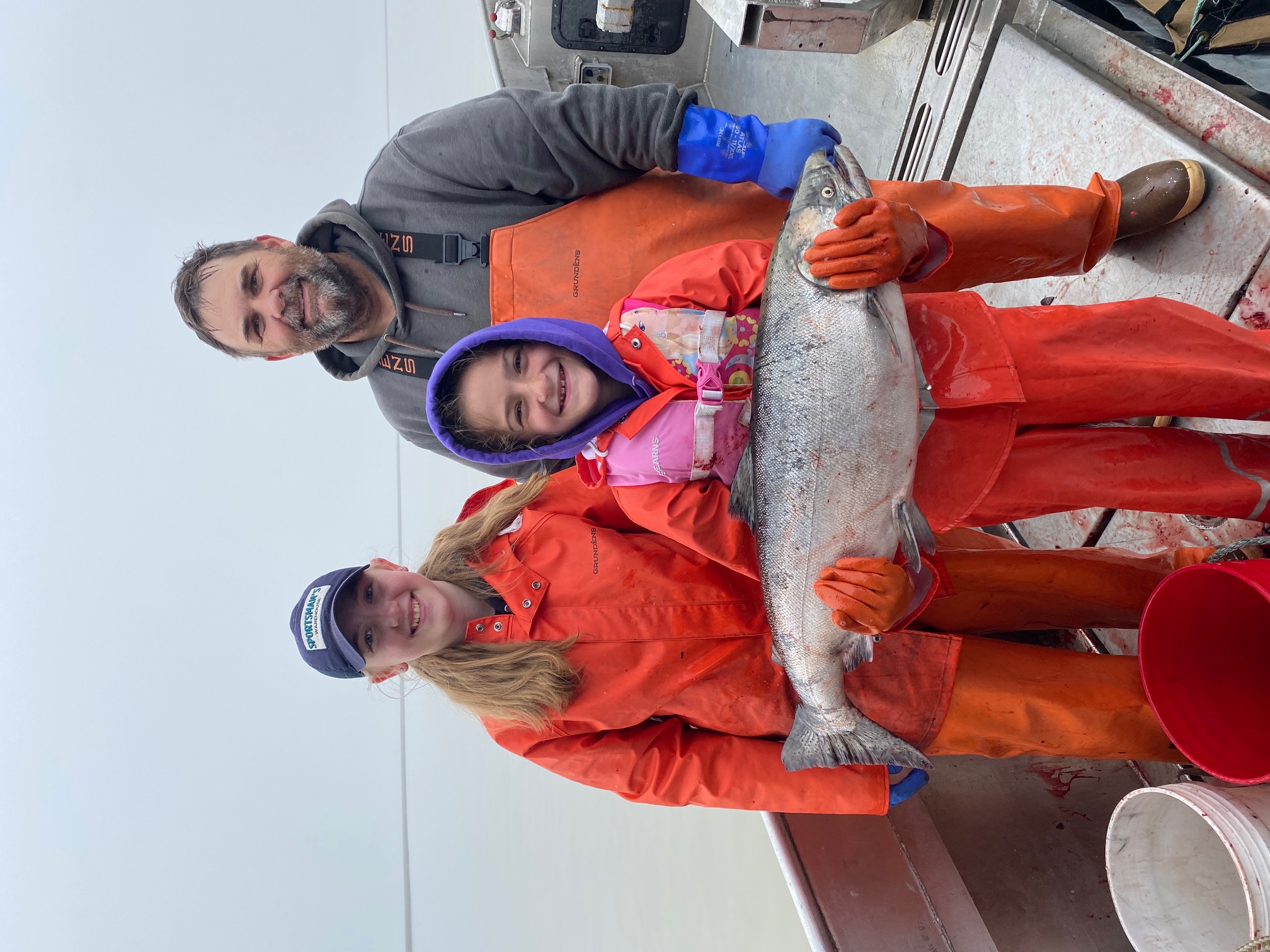
‹ Back


